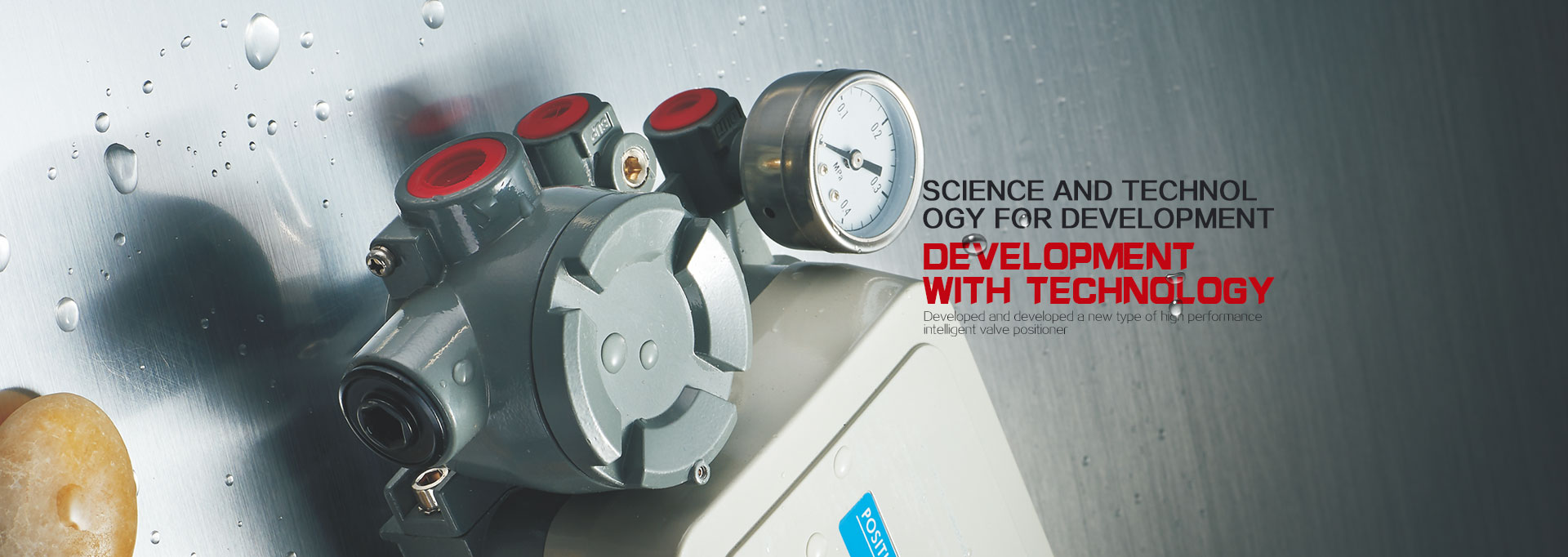The expropriation of environmental tax is expropriation of each land tax rate in different years or 50 billion
As the first single tax law specifically reflecting the "green tax system" and promoting the construction of ecological civilization in China, the environmental protection tax law will be formally implemented in January 1, 2018. At present, the application of tax standards for environmental tax has been clearly defined, and the preparation work is done well.
Reporters found that after the introduction of environmental tax, air and water pollutant emission enterprises were most affected. At the same time, the promotion of environmental standards and the mechanism of preferential tax adjustment will also greatly promote the development of the related environmental protection industry.
The rate of each land tax is not the same
According to the requirements of the environmental tax law, the amount of taxable air pollutants is 1.2 yuan to 12 yuan per pollutant equivalent, and the amount of water pollutants is 1.4 yuan to 14 yuan per pollutant equivalent. The determination and adjustment of the specific applicable tax amount may be determined by the Standing Committee of the local people's Congress within the scope of the statutory tax amount.
Combing reporters found that in addition to Heilongjiang, Tibet and other provinces, there is no clear data. At present, according to their own development, other provinces have announced the specific application tax of environmental taxes in the region.
Some provinces determine the applicable tax amount of air and water pollutants as the lower limit of the amount of the tax amount. Among them, 8 provinces such as Jilin, Jiangxi, Anhui and Shaanxi expropriate 1.2 yuan and 1.4 yuan respectively for each pollution equivalent of air pollutants and water pollutants. Fujian water pollutants in five heavy metals, ammonia nitrogen and chemical oxygen demand for tax slightly increased to 1.5 yuan per pollution equivalent, other taxable atmospheric and water pollutants is the implementation of lower tax.
A few provinces have set a transition period for the applicable tax. For example, Liaoning stipulated that from 2018 to 2019, the tax standard of taxable air pollutants was 1.2 yuan / pollution equivalent, and the standard of water pollutant tax was 1.4 yuan / pollution equivalent. The 2020 and subsequent annual application of the tax scheme will be further studied.
The amount of tax applicable to air and water pollutants determined in most provinces is higher than the lower limit of the amount of tax. Beijing "top grid" implementation of the highest tax rate, that is 10 times the lower tax limit. 13 counties in Hebei, Beijing, also adopted higher tax rates. The applicable taxes in Shanghai, Tianjin and Jiangsu are more than 3 times that of the lower tax limit. Shanxi, Zhejiang, Guangdong, Hainan and other provinces are less than 3 times.
The most affected by air pollutant emission enterprises
The environmental tax law stipulates that enterprises and institutions and other producers and producers who directly discharge pollutants to the environment are taxpayers of the environmental protection tax. The taxable pollutants are mainly air pollutants, water pollutants, solid wastes and noise.
People in the industry expect that, once the environmental tax is exvied, the scale will be far beyond the current discharge fee, and the annual levy will be 50 billion yuan. Among these, air and water pollutant discharge enterprises are most affected.
From the industry perspective, air pollutants emission enterprises include: ferrous metal smelting and calendering processing industry, non-metallic mineral products industry, non-ferrous metal smelting and calendering processing industry, chemical industry, electric power and thermal power production and supply industry. Water pollutant discharge enterprises include: chemical industry, papermaking, medicine, textile industry, ferrous metal smelting and calendering processing industry, agricultural and sideline processing industry, fermentation and brewing, leather making and so on.
Because of the different applicable tax rates, different industries and enterprises need to pay the same amount of environmental tax in different provinces. For example, a medium-sized manufacturing enterprise based on 50 million yuan a year of Shanxi's output value is about 300 thousand to 700 thousand yuan for its annual environmental tax. In Shandong, the tax will be 600 thousand to 1 million 50 thousand yuan.
It is understood that the implementation of the environmental tax is the quota tax rate, that is, many rows and many, fewer rows and less. The difference of environmental tax burden will eventually bring the difference of product price, production scale and so on, forcing the enterprise to transform and upgrade.
Beijing City, deputy director of a law firm, the tax department Liu Jintao said that the implementation of environmental protection tax, on the one hand that has been concerned about environmental protection and energy saving benefit enterprises because of its environmental protection index has standard, not only can save the costs of environmental protection, but also get preferential taxation; on the other hand, the market demand for environmental services will increase tax incentives the regulation mechanism of environmental tax law, will encourage enterprises to improve emissions standards, promote environmental protection professional technology development to a high standard of play.
"To get environmental protection and emission reduction data, we need to install monitoring devices or third party monitoring services, together with the launch of the Ministry of environmental protection's discharge permit, which are all good for the development of related industries." Liu Jintao said.







